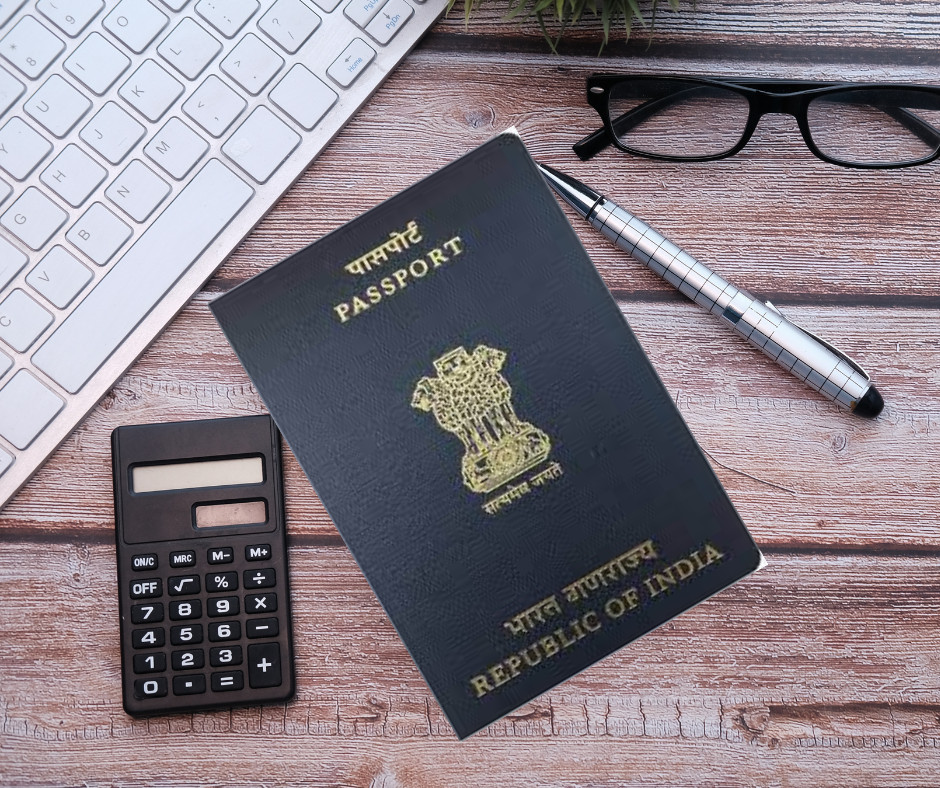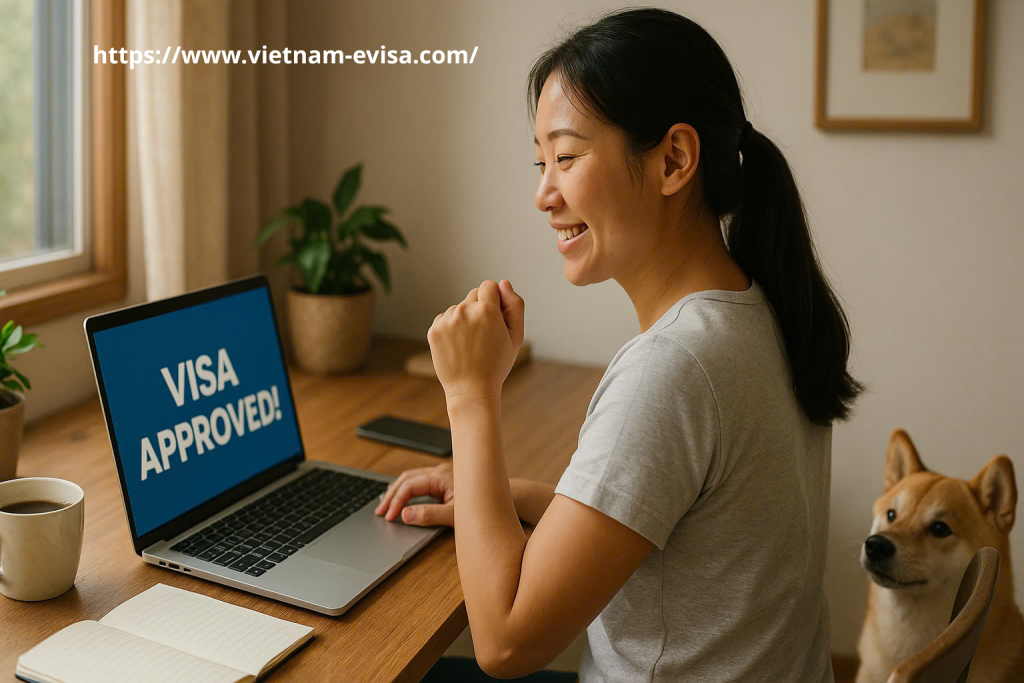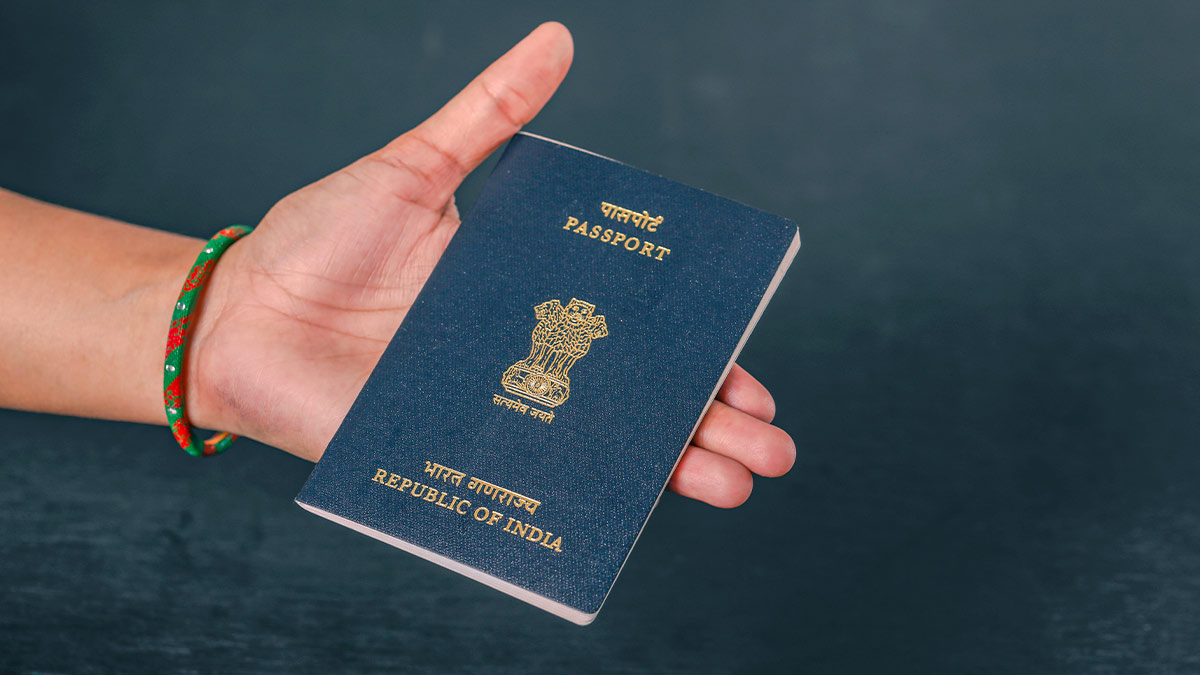


Planning a trip from India to Vietnam in 2025? The allure of Vietnam’s golden beaches, lush highlands, and bustling street food scenes is stronger than ever. But as many Indian travellers discover too late, the e-visa process—while seemingly simple—can be a minefield of hidden requirements and strict digital checks. Before you apply, read this guide to learn what goes wrong, what’s new this year, and how to make sure your visa is approved quickly and stress-free.
For Indian passport holders, the Vietnam e-visa presents an attractive and convenient alternative to embassy-based visa applications. However, a growing number of Indian travelers report rejections, delays, or confusion—often due to oversights that seem trivial but are taken seriously by Vietnam’s automated visa systems.
One major issue is document formatting. A large number of applications from Indian citizens are rejected because uploaded photos or passport scans don’t meet the strict technical criteria. Whether it’s the background of the photo, incorrect file type, or blurry passport image, these technicalities can cancel your entire submission.
Another frequent problem is incorrect or incomplete personal details. Any mismatch—like a missing middle name, incorrect passport number, or slight difference in the name order—can result in your visa being denied. The Vietnamese immigration system validates all details automatically and inconsistencies are not tolerated.
Finally, misunderstandings around travel dates, ports of entry, or visa type also lead to confusion. Choosing a different airport than what you listed in the application, or selecting the wrong start date for your visa validity, can mean denial at the airport—even if your e-visa is technically approved.

Vietnam’s e-visa system has undergone major changes in 2025 to enhance border security and streamline the process. While these updates aim to speed up processing, they’ve also made the system stricter and less forgiving of mistakes.
Among the biggest changes is the introduction of enhanced AI-driven validation. Now, all documents, especially passport images and ID photos, are checked using automated recognition software. This means blurry scans, wrong backgrounds, or outdated formats are automatically flagged—and often rejected without human review.
The immigration department has also expanded biometric requirements at major international airports, where travelers’ faces are matched to submitted visa photos through facial recognition software. If your photo doesn’t match due to lighting, angles, or glasses, you may face delays or secondary checks.
In addition, Vietnam has updated the list of valid ports of entry for e-visa holders, which now includes more regional airports and land crossings. But this only benefits those who select the correct port during their application—no changes are allowed after approval.
Most rejected e-visa applications share a few common mistakes—and the good news is that all of them can be avoided. First and foremost is photo compliance. The Vietnam e-visa portal only accepts JPG photos with strict dimensions and a white background. Uploading selfies or casual ID pictures will likely result in disqualification.
Another issue is date mismatch. Many Indian travelers select visa start dates that don’t match their intended entry date, either applying too early or too late. Since the visa is valid only within the dates selected, even a one-day difference could cause serious issues at the airport.
Choosing the wrong port of entry is also a common trap. For example, applying to land in Hanoi but arriving in Ho Chi Minh City voids your visa immediately. Vietnamese authorities do not offer flexibility here.
Lastly, applying at the last minute is risky. Standard processing can take 3 to 5 business days, and Indian travelers often underestimate the time needed—especially during holidays. Without a buffer, you may find yourself waiting for a visa approval the night before your flight.
To bypass all the red tape and uncertainty, many Indian travelers are now turning to professional visa services that handle the application process on their behalf. One highly rated option is Vietnam-Evisa.com, which offers a full-service solution tailored to Indian applicants.
These services begin by reviewing your documents manually before submission, ensuring that all photos, scans, and information meet Vietnam’s strict digital standards. This alone can dramatically improve your approval chances and eliminate rejections due to formatting errors.
What’s more, Vietnam-Evisa.com provides express processing with guaranteed results—sometimes in as little as 2–8 hours. For Indian travelers with urgent plans or close departure dates, this speed and reliability can be a trip-saver.
The company also provides round-the-clock customer service, including WhatsApp and email support, so you can get help instantly, even with last-minute questions. Best of all, they offer a 100% money-back guarantee if your visa isn’t approved—removing the risk entirely from the process.

To make sure your Vietnam trip starts without visa stress, here are key tips for Indian passport holders:
Apply at least one week before your departure to allow for delays
Use a high-quality, professional photo that meets all specifications
Double-check all personal information, including name spelling and passport number
Stick to the entry point you selected—don’t assume you can change it later
Use a verified service provider if you’re unsure about formatting or eligibility
By following these steps and using the right tools, Indian travelers can enjoy the simplicity and speed of the Vietnam e-visa—without the common frustrations.

Planning a trip to Vietnam from India? Whether it’s to explore breathtaking landscapes, engage in business meetings, or participate in cultural events, you’ll need a valid visa before departure. Fortunately, …